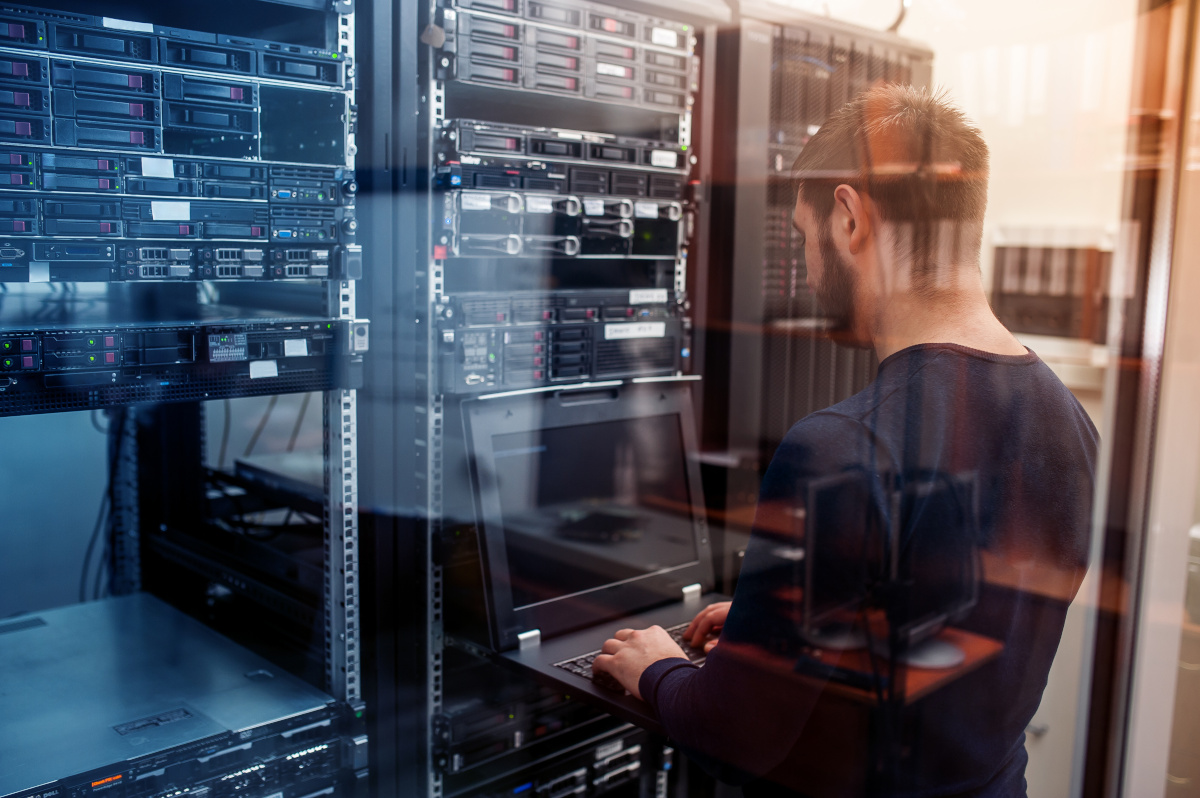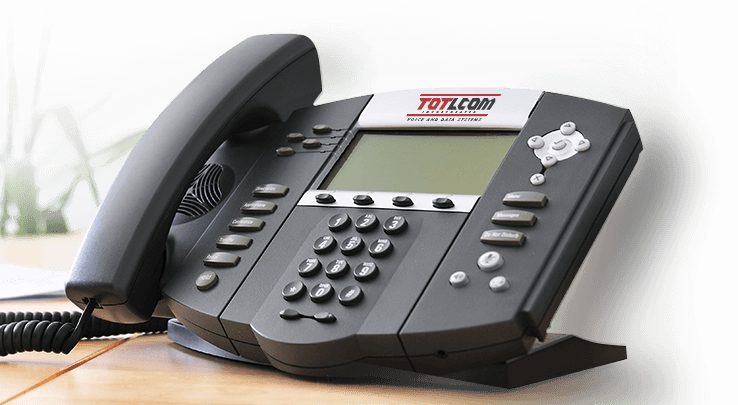What You Need to Know About Network and Server Monitoring
January 31st, 2023 by admin

Network and server monitoring is an essential part of running a business. It allows you to track your network's performance, find any potential problems, and fix them before they affect your company's productivity or profitability.
In this guide, we'll cover what is network and server monitoring, why it's important for businesses, who uses it, how you can implement it yourself - and much more! By the end of this article, you'll know all about the ins and outs of this crucial process so that you can keep your business running smoothly.
What Is Network and Server Monitoring?
Network and server monitoring is the process of collecting data from your network, servers, or both. Monitoring can be done in real-time (as you're experiencing an issue) or asynchronously (once an issue has been resolved). It can also be done manually or automatically by a third party or employee.
What Kind of Data Does Network and Server Monitoring Collect?
The overwhelming majority of network and server monitoring tools collect the same data. The main difference is that some tools are better suited for certain tasks than others, but this is mostly due to features and cost.
The main types of information collected by these tools include:
- Network traffic statistics include total bytes sent, received, forwarded, dropped, or blocked by a firewall device.
- Stateful statistics include current sessions/connections on TCP/IP ports or stateful host sessions available in a given time (usually one day).
- Performance metrics such as CPU utilization percentage across all servers (or just one server), memory utilization percentage across all servers (or just one server), disk space capacity used on each drive-in megabytes per hour since the last backup completed successfully (or last full backup completed successfully if no backups were done recently).
How Is Network and Server Monitoring Helpful?
Network and server monitoring is beneficial for more reasons than you might think. In addition to helping you identify problems before they happen, it can also help you identify them faster, more accurately, and cost-effectively. It can enable you to perform your network and server monitoring with greater ease and comprehensiveness.
The goal of any business is to make sure that its operations are always running smoothly. By using monitoring software to keep tabs on their networks, they can ensure that they're able to respond quickly when problems arise - something that's especially important in today's competitive marketplace where delays could cost businesses thousands (if not millions) of dollars in lost revenue per day due to unplanned downtime issues caused by errors like hacking attacks or malware infections on servers being hosted online by third parties without proper security measures taken into consideration beforehand.
Network management systems typically operate autonomously within a company's infrastructure 24 hours per day, seven days per week, 365 days per year, so employees don't worry about keeping them up-to-date manually anymore after the initial setup has been completed once fully deployed across multiple locations globally.
Why is Network and Server Monitoring Important?
Network and server monitoring is an important part of running a business. It helps you keep track of your business in real-time, so you can spot problems and take action before they become bigger problems.
Who Uses Network and Server Monitoring?
Businesses of all sizes use network and server monitoring. It's used by IT professionals, individuals, home users, and even schools.
In this section, we'll cover who uses network and server monitoring so that you can understand if it is right for your organization.
How Do I Implement Network and Server Monitoring?
Once you've decided on the type of monitoring software, you can begin setting it up. To implement network and server monitoring, you'll need to:
- Install monitoring software on your servers. This will likely mean installing an agent, and ensuring that your servers are always being monitored. You may also be able to install agents directly onto workstations or endpoints if necessary.
- Configure policies for the specific types of events that you want to monitor in real-time (such as web server errors) or only once per day (such as disk space usage). Your IT team should also set up alerting rules, so they get notified immediately when there is an issue with one of their systems.
- Set up notifications when certain events occur - for instance, if the CPU temperature rises above 70 degrees Celsius for more than five minutes, then send out an alarm letting everyone know what's going on!
Keep Your Eye on The Network
Monitoring your server is an important way to keep your business running smoothly, and it will help you identify problems before they become serious.
Monitoring your network server can be done in-house or by a third-party monitoring service. If you have the resources, keeping a close eye on the performance of all your servers can be a full-time job for one person. In addition to monitoring each individual server, this employee should also be watching for signs of trouble across all systems and checking logs regularly, and troubleshooting when necessary.
Hopefully, we've given you a good understanding of network and server monitoring, how it can help your business, and why it's so important. If you have any questions about this topic or want more information, please feel free to contact us! We would love to chat about how our services can help improve your business operations.
Posted in: Solutions
